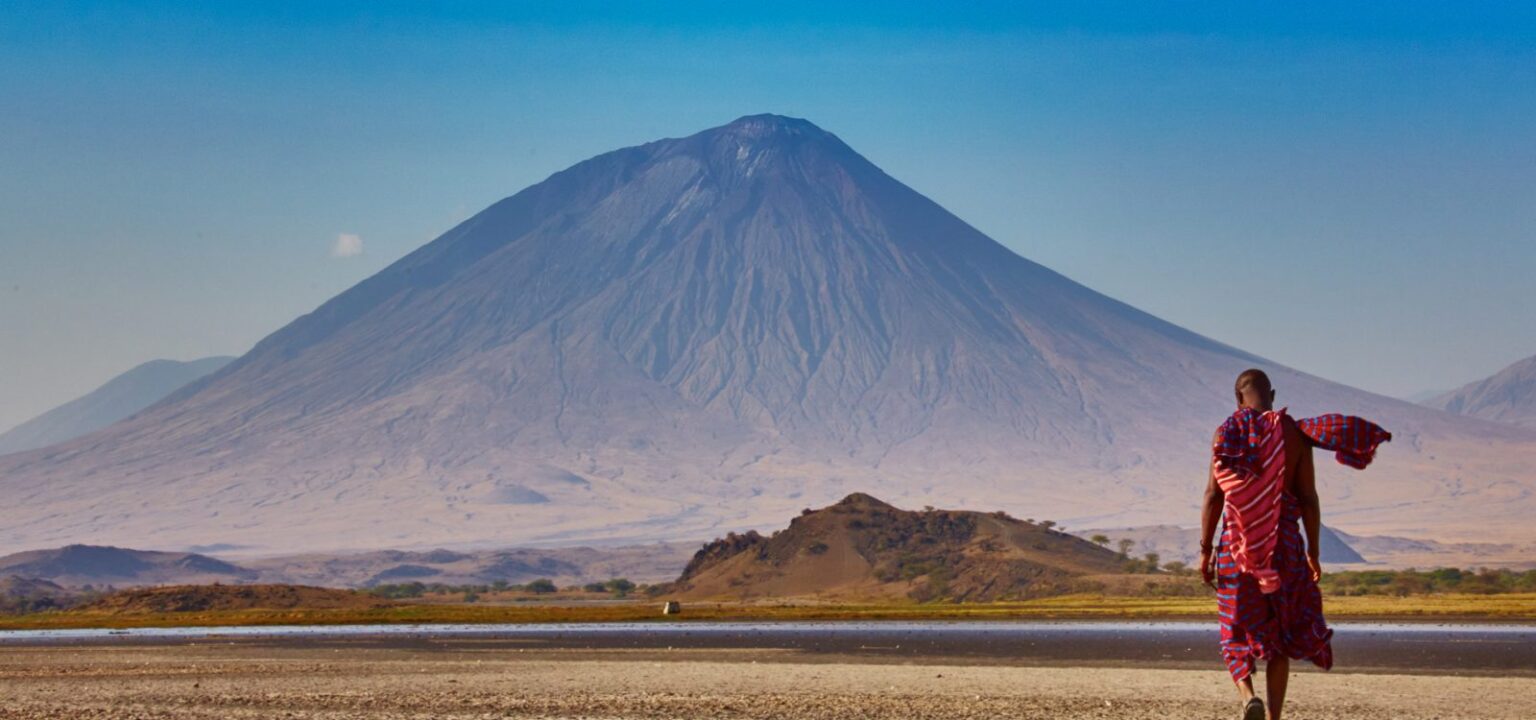At a Glance
- Rwanda’s Volcanoes National Park drives sustainable tourism and community-focused conservation initiatives.
- Congo’s Goma thrives beside Nyiragongo, turning volcanic resilience into eco-tourism strength.
- Tanzania’s Ol Doinyo Lengai blends Maasai culture with rare volcanic exploration experiences.
Africa’s volcano cities are redefining eco-tourism across the continent. From Rwanda’s misty Musanze to Congo’s fiery Goma and Tanzania’s sacred Ol Doinyo Lengai, these destinations offer rare encounters where adventure, culture, and sustainability meet.
Situated around some of Earth’s most dramatic volcanoes, they attract travelers seeking both thrill and meaning, and are fast becoming Africa’s top eco-travel destinations.
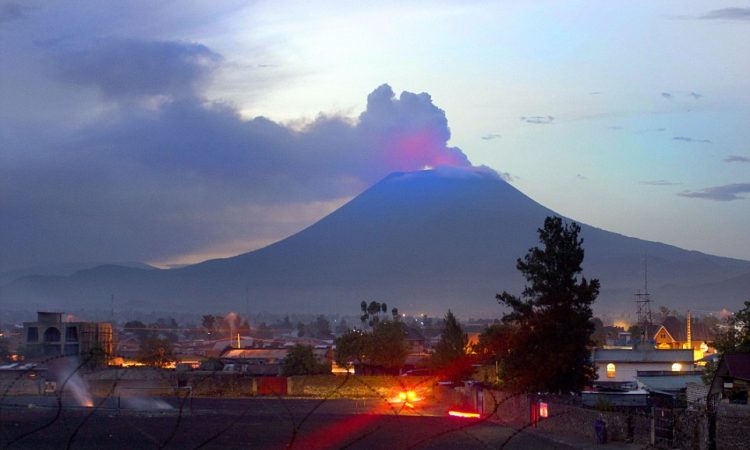
Today, several cities thrive in their shadows, places where adventure and serenity meet, and where tourism is helping to power local economies. From Rwanda’s green highlands to Tanzania’s Great Rift Valley, these destinations show how nature’s extremes can sustain both wonder and livelihood.
Rwanda’s volcanic heartbeat: Musanze and volcanoes national park
In Rwanda’s north, the city of Musanze hums with life at the foot of the Virunga Mountains. Once called Ruhengeri, it serves as the gateway to Volcanoes National Park, home to the world’s rare mountain gorillas and five of the eight Virunga volcanoes. Guided treks through bamboo forests bring visitors face-to-face with gorilla families, a moment that blends awe with quiet respect.
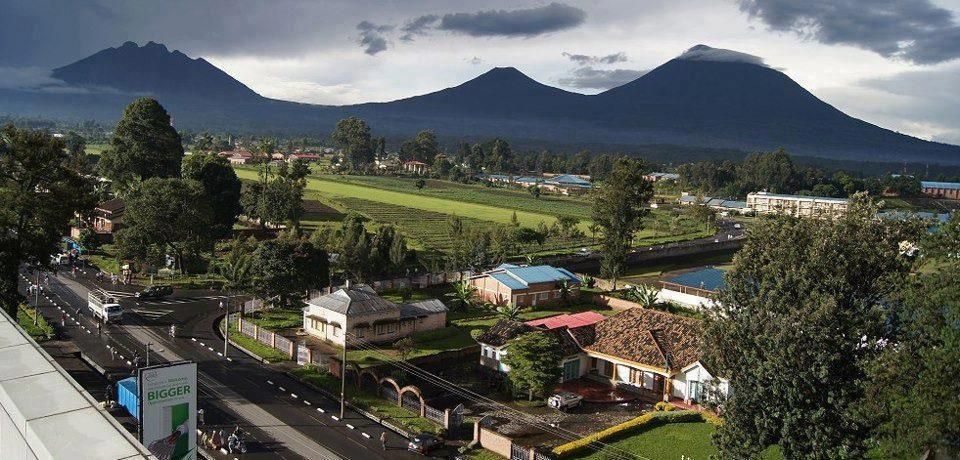
Musanze’s rise as a tourism center has also benefited local communities. Small lodges, cultural cooperatives, and village tours give travelers a glimpse of Rwandan life while providing steady income for residents. The government’s careful management of visitor numbers and park revenue has turned the area into one of Africa’s most successful conservation models, generating millions for wildlife protection and rural development.
Congo’s edge of fire: Goma and mount Nyiragongo
Across the border in Congo, Goma sits on the edge of Mount Nyiragongo, one of the world’s most active volcanoes. Its glowing crater, filled with molten lava, has long drawn scientists and adventure travelers. The trek to the summit—though demanding—offers one of Africa’s most striking natural views.
Life in Goma, however, is shaped by both beauty and hardship. The 2021 eruption displaced thousands, yet the city’s recovery efforts, led by local entrepreneurs and Virunga National Park authorities, show remarkable resilience. Virunga’s programs—ranging from hydropower projects to ranger-led community patrols—demonstrate how fragile environments can sustain human growth with the right balance of care and cooperation.
Tanzania’s Sacred Volcano and Uganda’s hidden gem
In Tanzania, the “Mountain of God,” Ol Doinyo Lengai, stands as both a geological and spiritual landmark. Revered by the Maasai, it offers one of the continent’s most distinctive climbs, where travelers often begin at night to watch dawn break over Lake Natron’s pink flamingos.
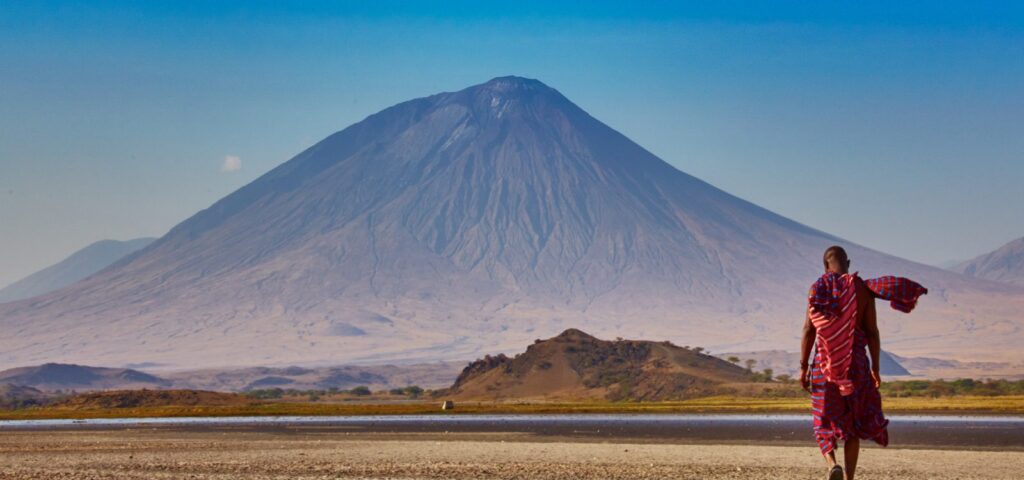
To the west, Uganda’s Mgahinga Gorilla National Park offers a quieter experience. Visitors can hike extinct volcanoes, spot golden monkeys, and meet the Batwa people, whose forest traditions span centuries. The park’s blend of conservation and cultural inclusion highlights East Africa’s broader shift toward sustainable, community-driven tourism.
Balancing fire and fragility
From Musanze to Goma, Lengai to Mgahinga, Africa’s volcano cities are redefining eco-tourism. They show that development and conservation can go hand in hand when communities are partners, not bystanders.
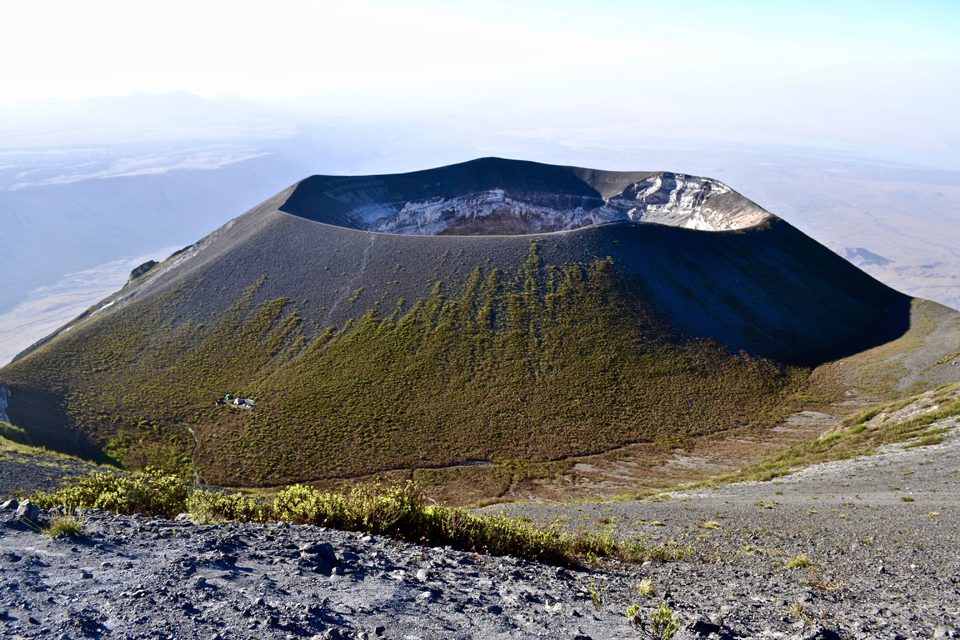
Even in landscapes born of fire, Africa proves that resilience and beauty can coexist, and that nature, when respected, remains one of the continent’s strongest allies in building a sustainable future.

